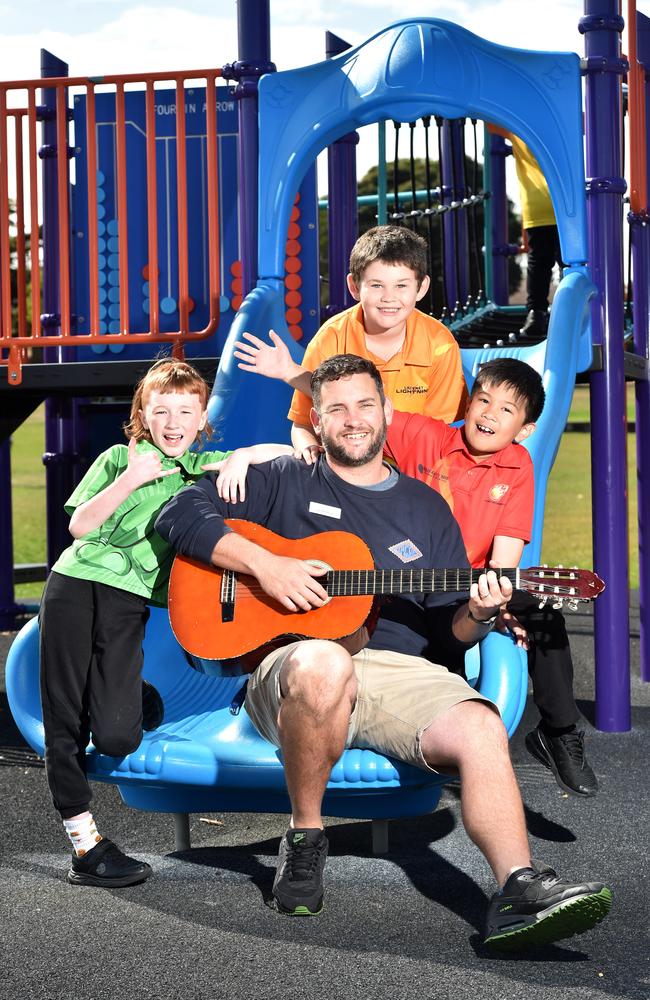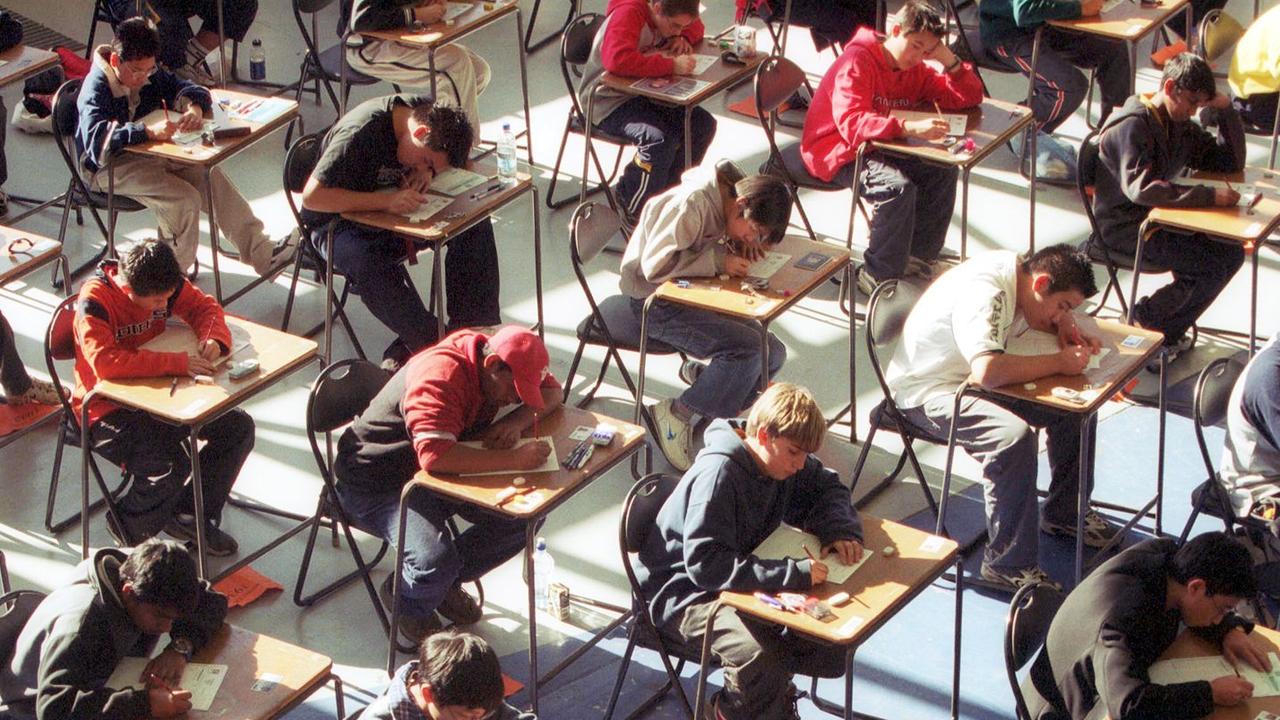‘Male Fail’: Why male teachers are in critical shortage in Vic schools
Males have made up the lowest proportion of teachers in our schools for nearly two decades. Here’s why experts think they’re afraid of the classroom.
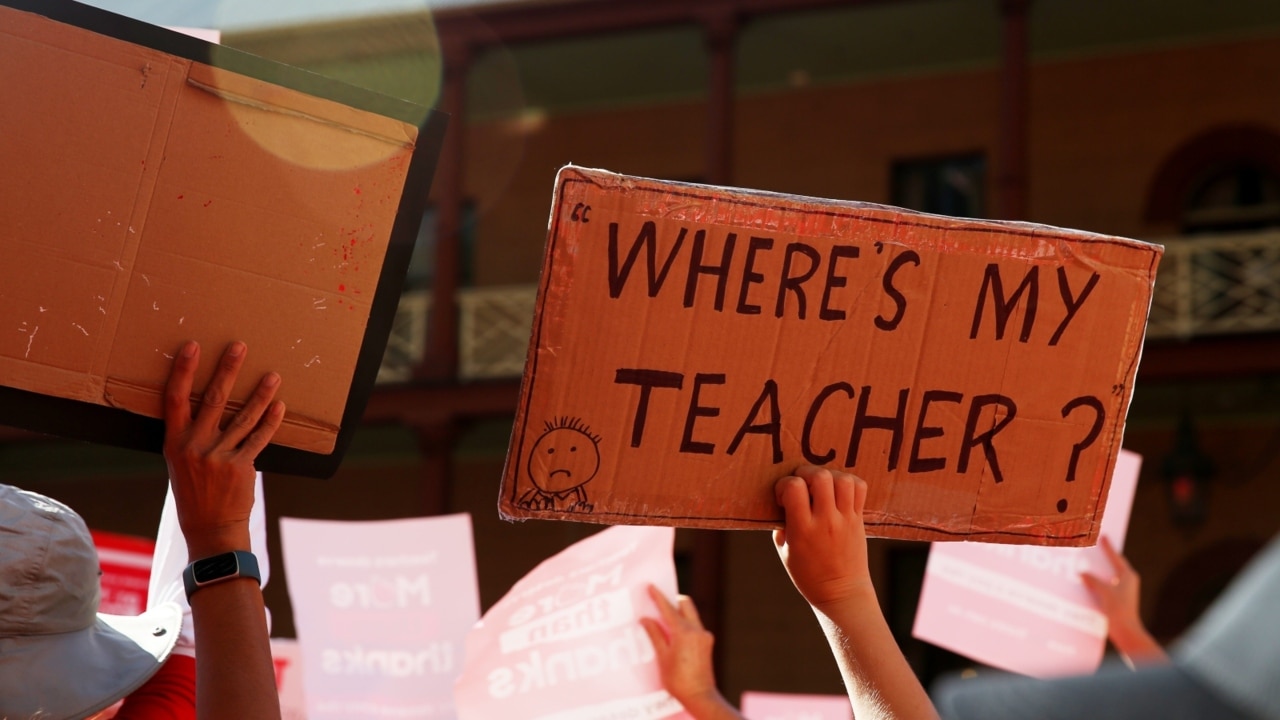
Education
Don't miss out on the headlines from Education. Followed categories will be added to My News.
Fears of false misconduct accusations and outdated gender roles are contributing to men making up the lowest proportion of teachers in Victorian schools in nearly two decades.
The so-called “male fail” extends to every school sector and both senior and primary levels, despite concerted efforts to attract more men to teaching.
Since 2006, more than 1000 new positions have been filled by females each year, compared to 318 filled by men - equating to 300 per cent more women than men hired annually.
Between 2006 and 2022, males declined from making up 31.4 per cent of teachers to 30.2 per cent of teachers, the latest Australian Bureau of Statistics schools data reveals.
There were 19,140 full time teaching positions held by males in 2006 and 24,229 in 2022.
In comparison, there were 41,709 full time teaching positions held by females in 2006 and 57,934 in 2022.
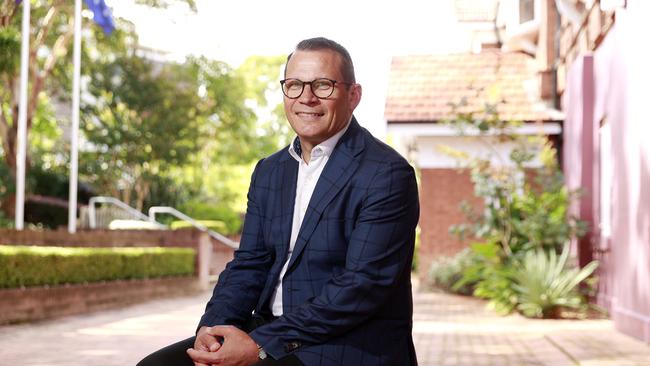
Australian Catholic University senior lecturer and former principal Dr Paul Kidson said the decline in male teachers has been a “long-term trend”.
He said many male teachers were concerned about being accused of inappropriate interactions, particularly in primary schools.
“This also extends to concerns among the teaching profession generally about the ease with which false and vexatious accusations can be made by students or parents and caregivers, often with devastating outcomes for teachers,” Dr Kidson said.
The lowest proportion of men in 2022 - 16.9 per cent - can be found in Catholic primary schools, a reduction from 17.2 per cent in 2006.
The highest proportion of male teachers last year - 40 per cent - was in Independent secondary schools, a drop of 3.5 per cent from 2006.
Michelle Green, chief executive of Independent Schools Victoria, said “stopping the decline is a real challenge, especially in primary schools where there’s a need to break stereotypes”.
“Some principals are making a conscious effort to employ more men, without in any way discriminating against women,” she said.
She said nearly half of all teachers in Independent schools were male, which was higher than other sectors because there are more secondary schools in the sector, which tends to attract more men.
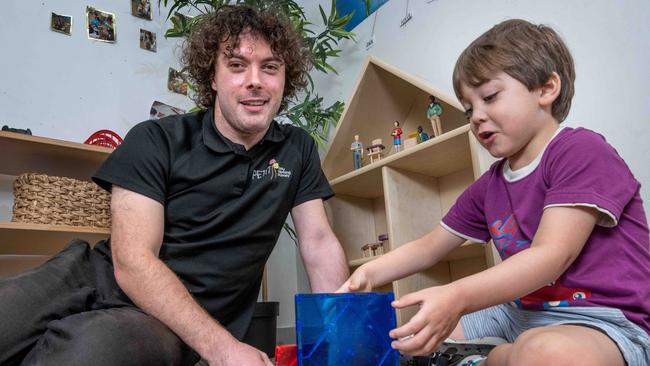
Dylan Knoll, who is in his second year of a teaching degree at Australian Catholic Univeristy, is encouraging other males to get into the profession.
“Male educators bring a different perspective to the teaching profession, and some children may form a stronger connection with you because of this,” he said.
The 27-year-old currently works at Petit Early Learning Journey in Kew, choosing to switch from a volatile career in TV and film.
Mr Knoll said the fear of accusations of inappropriate interactions as a male teacher has “crossed (his) mind on occasion”.
“I believe it is something that has been heightened in recent times,” he said.
“I also feel this, along with the outdated view that teaching is a female orientated profession, has discouraged males from studying and becoming teachers themselves.”
Mahogany Rise Primary School in Frankston North has a strong cohort of male teachers, making up more than 36 per cent of educators.
Principal Andrew Schneider said the school recruits and retains top teachers by promoting work-life balance.
“We have a ‘family comes first, second and third’ mentality and I think this supports all teachers to balance their work life with their personal life,” he said.
The school’s educators include Luke McMaster, who has been a teacher for over ten years.
He said he was proud to make a difference in students’ lives.
“To be able to influence others and have a positive impact on the lives of children I teach every day is so fulfilling,” Mr McMaster said.
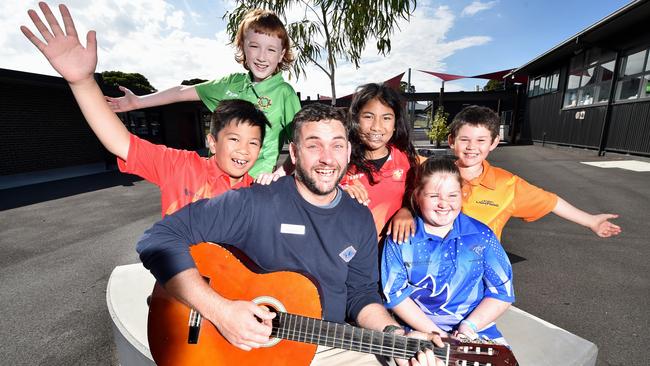
Deb James, general secretary of the Independent Education Union, said “trivial and vexatious complaints against teachers are on the rise, and investigations can be traumatic and career-destroying”.
“While this affects everyone working in education, male teachers are particularly vulnerable to allegations of misconduct, and more and more tell us that they are deeply concerned that one parental complaint or a single comment taken out of context could spell the end of their career,” she said.
It comes as a male teacher from Gippsland, who cannot be named, was stood down and subject to a police investigation for applying sunscreen to a child’s face and neck and placing his hand on a student’s chest when she was having a medical episode.
The Victorian Civil and Administrative tribunal found “overzealous” departmental and police investigations were more of a risk to the children’s wellbeing than the hardworking teacher.
Catholic Education Commission of Victoria executive director Jim Miles said the proportion of male teachers in the Catholic sector has remained relatively stable between 2006 and 2022.
“We note that a gender balance always assists to provide more opportunities for role modelling in schools,” he said.
Education Minister Natalie Hutchins said “incredible teachers and school leaders make valuable contributions to our schools and the lives of kids across the state each and every day.”
She said that in recent years the percentage of male teachers in state schools had remained constant at around 29 per cent.
